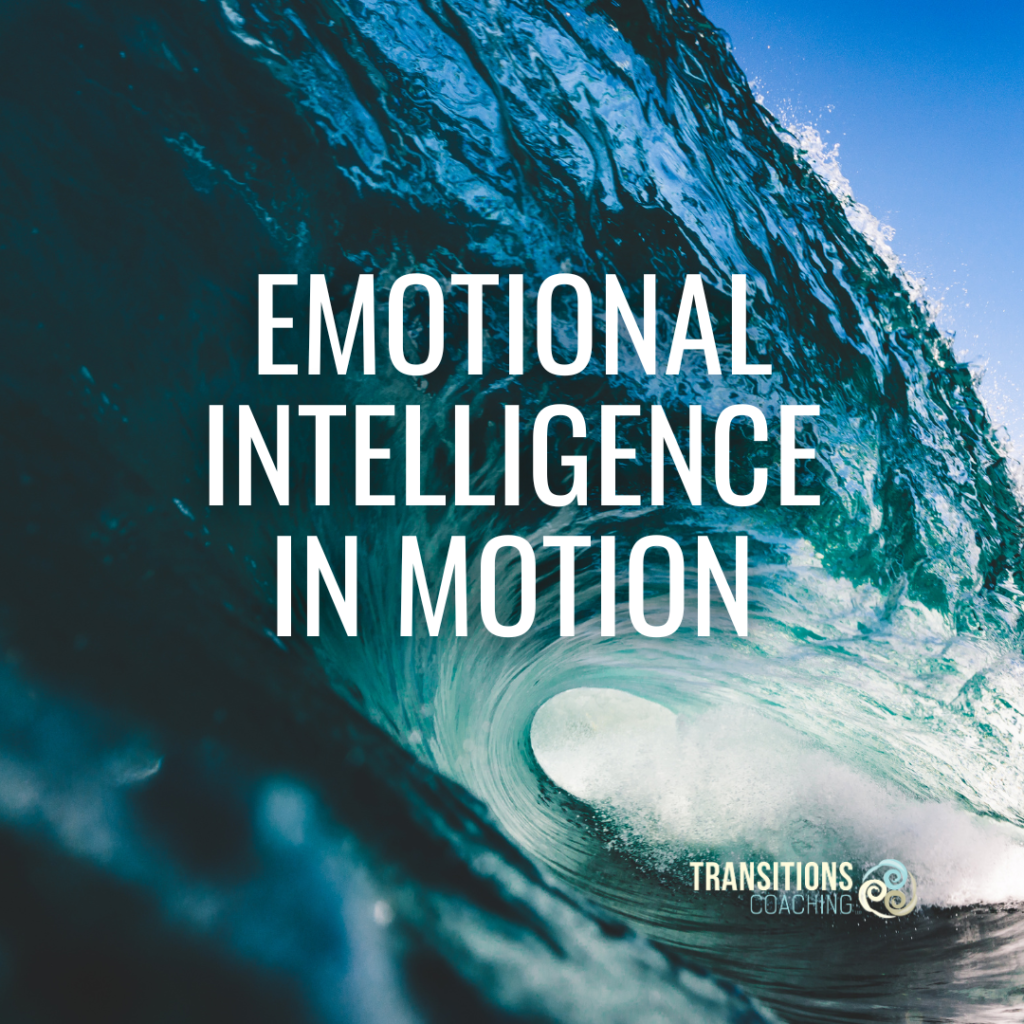
We see it all the time. A client takes an assessment—DISC, CliftonStrengths, the Leadership Circle Profile, EIP3—and walks away with a label. A new insight. Maybe even a little relief.
You might say: “Oh, that makes so much sense. I’m a high D. I like to move fast, focus on results, keep things efficient.”
Or (one I’ve said myself): “Yep, I’m an introvert. That’s why I don’t speak up in meetings.”
Or: “This is who I am. Take it or leave it.”
Self-awareness is powerful—but it’s important to remember that it’s not the finish line.
If you stop at the point of naming your traits and tendencies, you miss a deeper opportunity to grow, to lead, and to become someone who shows up intentionally for others. The real transformation happens when you put your awareness to work.
Know Yourself, But Don’t Stop There
Assessments and self-reflection can give you language for your internal patterns. They help you understand why you default to certain behaviors, how you process information, what drives you, and where you often get stuck. That’s all important, but there’s a hidden risk in that clarity: wearing your label like armor.
You have to let go of the “That’s just how I’m wired” mindset and use the insights you’ve gained as a jumping-off point for growth. Because self-awareness isn’t about self-justification—it’s about self-responsibility.
How You Show Up for Others
Once you understand your own patterns and defaults, the next question is: How does this land with others?
- If you’re a fast-moving, results-oriented person, do your peers experience you as a bulldozer?
- If you’re quiet and reflective, do your team members wonder what you’re thinking and where you stand?
- If you value harmony, do you avoid giving critical and necessary feedback?
This is where self-awareness evolves into emotional intelligence. One of the best definitions we’ve come across is from the work of EI experts Jo Maddocks and Tim Sparrow, who first described emotional intelligence as:
“The practice of managing our personality to be both personally and interpersonally effective.”
It’s not about changing who you are. It’s about taking responsibility for how you show up, recognizing how others show up (and why), and adjusting when the moment calls for something different.
Becoming a Better Observer
As you notice certain traits and tendencies in yourself, also start to become more curious about others. Emotional intelligence isn’t just internal, it’s relational. And it begins with paying attention.
Ask yourself:
- What do I notice about this person’s tone, energy, or reaction?
- What might be driving their behavior: fear, pressure, values, competing priorities?
- What would happen if I responded differently?
You may not be able to change someone else, but you can shift how you engage. And that shift might be what breaks the pattern, builds trust, or opens the door to better communication.
From Insight to Impact
Self-awareness is essential, but real growth happens when you take what you’ve learned about yourself and use it to deepen your awareness of others. Use it to lead with empathy. To listen more closely. To communicate with greater clarity and intention.
If you’ve done the inner work, you’re halfway there! Now, ask yourself: how will I put that awareness to good use?
Growth doesn’t stop at knowing who you are. It starts when you decide who you want to be with and for the people around you.
At Transitions Coaching, we help leaders move beyond insight into meaningful action—expanding their self-awareness, strengthening their relationships, and showing up more intentionally in every interaction. Meet the Transitions Coaching team and learn how we can help you put awareness to work, both personally and interpersonally.




